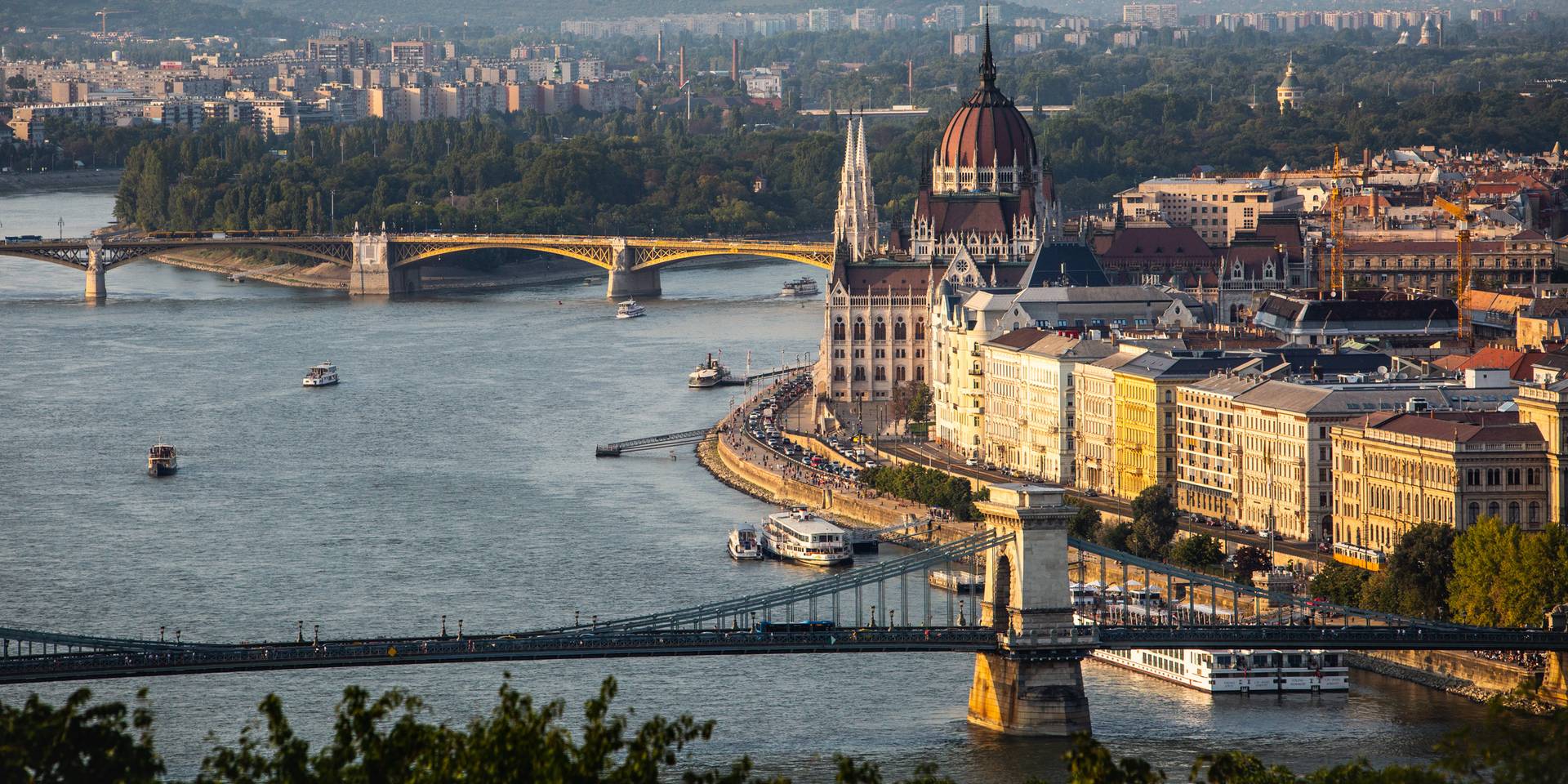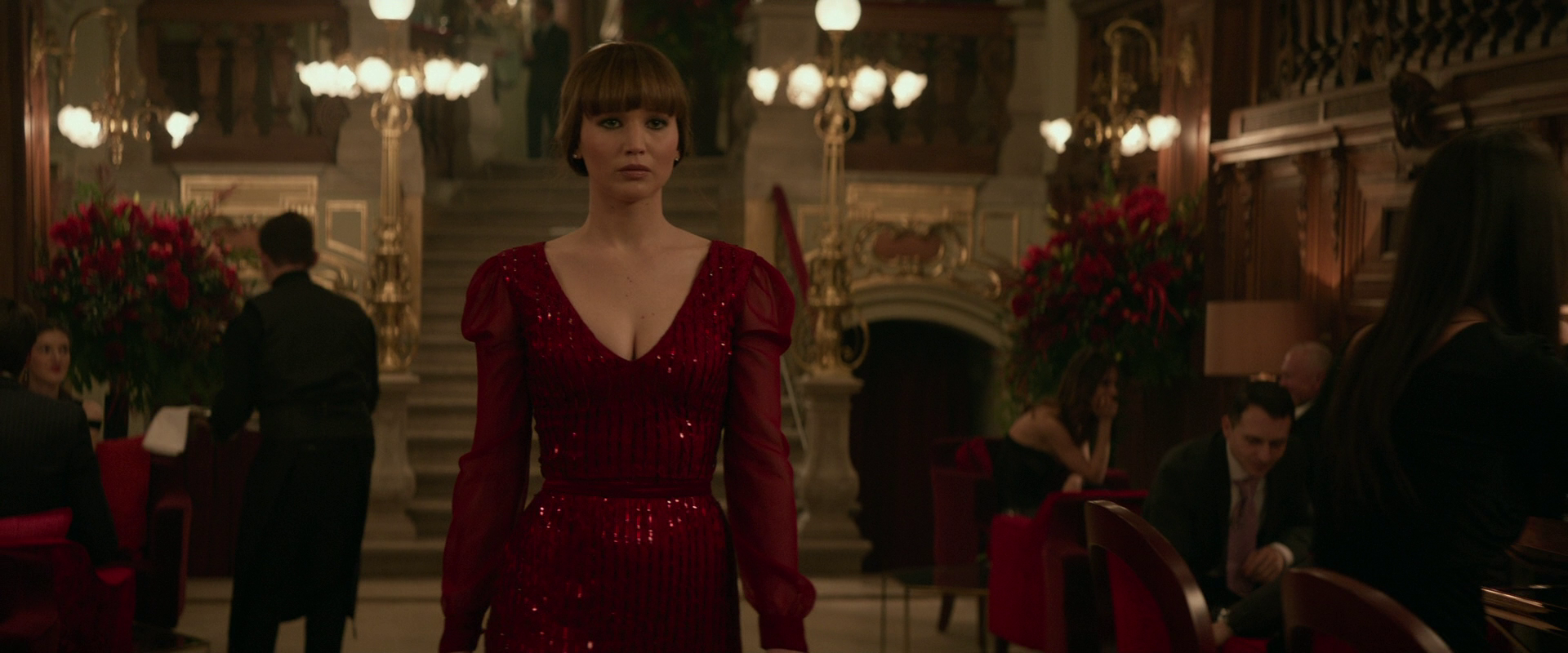Since the 1990s, Budapest has been home to many international film productions. This is partly because of relatively low costs and special tax rebates, which can save an American film millions of dollars. On the other hand, Budapest's cityscape is diverse, retaining a slice of the architectural style and atmosphere of many eras, a characteristic that makes it suitable for any large European city. With a little embellishment, its eclectic style can make it look like Paris, Vienna, Milan, Florence, London, Berlin, Prague, Moscow, or even Buenos Aires – just like a professional actor, it can play many roles. Though our list is not exhaustive, we have selected the films made until the early 2000s that had the greatest impact on the people of Pest.
Love and Death (1975)
The French-American co-production film Love and Death starring Woody Allen and Diane Keaton was shot in Hungary in the autumn of 1974. Budapest starred as Napoleonic-era St. Petersburg, while the countryside of Pest County featured the Russian Rones. In this original parody of Tolstoy's and Dostoevsky's novels, the Opera House appeared as the 1812 St Petersburg Opera, and the streets of St Petersburg as the Castle District. Outside the capital, the village of Tinnye appears as the training ground for the gawky Boris (Woody Allen), and Pilisborosjenő as the site of war-time crowd scenes. At this time Woody Allen and Diane Keaton were still a couple, and according to the actress's autobiography, they spent a blissful four weeks in Budapest. They walked around the city hand in hand and never let go of each other. But Allen, known for his difficult nature, would often complain about the weather and had a morbid phobia of the local cuisine. According to a blog discussing different filming locations, during his stay in Budapest, he consumed only bottled drinks and pre-packaged food imported from overseas.
Red Heat (1988)
Budapest is also a great representation of Moscow, as seen in the Arnold Schwarzenegger action film Red Heat, brought to Hungary by Hungarian-born American producer Andy Vajna. The film features Rudas Baths in the role of a gym and a sultry Turkish bath, where Schwarzenegger, dressed as a Russian policeman, flexes his muscles. Lukács Baths provides the setting for a bloody showdown. The film also stars Hungarian talents Attila Kaszás and Gábor Koncz, the latter rolling down the steps of Buda Castle after being killed by the Russian cop. Curiously, some scenes were actually filmed on Moscow's Red Square, without a permit or visa, using a hand-held camera.
Evita (1996)
It was also thanks to Andy Vajna's production work that world stars such as Madonna, Antonio Banderas, and his accompanying wife Melanie Griffith walked the streets of Budapest in the mid-90s. The 'Buenos Aires' locations of this biographical musical, telling the story of Eva Perón, include the former Museum of Ethnography, the former Alkotmány utca, and the Keleti station. It was rumoured that Madonna sang her famous song Don't Cry For Me Argentina in one of the houses on Oktogon. According to Vajna, the then 37-year-old pop diva's daughter Lourdes was also conceived in Budapest by her personal trainer, who accompanied her to the shoot. The film producer stated that shooting with Banderas was effortless and surprisingly, even Madonna, renowned for her challenging demeanour, was very cooperative, and deeply captivated by her role.
Spy Game (2001)
For two weeks in the autumn of 2000, Budapest's residents were greeted by an absurd sight in the form of a life-like reproduction of a Berlin border crossing standing in the middle of Felvonulási tér (Ötvenhatosok tere). The set was originally constructed for the spy film Spy Game, but it wasn't the only highlight; the visit of Hollywood stars Robert Redford and Brad Pitt to Budapest also caused quite a sensation. Some claimed to have seen half of Redford's face as he sneaked in through the back entrance of the Kempinski Hotel, and there were articles about Brad Pitt's trouble starting his Škoda 1000 MB. Director Tony Scott said Budapest was chosen because it looked more like Berlin in 1975 than the German capital of the early 2000s.
As the director supposedly referred to the then-worn down Gozsdu Court, it's "a bit shabby, a bit worn, but still beautiful". During those few days, Brad Pitt's then-wife Jennifer Aniston was also supposedly staying in the capital but was not allowed near the set, lest she take her husband's focus off the performance. "It's a beautiful city. I wasn't there long, but we celebrated Thanksgiving in our room. The hotel chef cooked us a special meal. We went for long walks, visited one of the baths, and had a divine underwater massage... And we visited the sculpture park. I didn't have time to go shopping, so I read in the room. It was quiet and peaceful," Aniston later commented.
Brad Pitt has been to Budapest several times: in 1989 he accompanied his then-girlfriend Jill Schoelen to Budapest for filming; in 2011 he shot the film World War Z in Hungary, a year later he moved to Budapest for a while with his then-wife Angelina Jolie, and in 2023 he shot his latest film at the Hungarian Grand Prix of Formula One. The scenes for the zombie movie were shot in a cannery in Kőbánya, but ultimately, this segment was removed from the final production.
I Spy (2002)
Budapest is the spy capital, at least for Hollywood film distributors: in 2002, Eddie Murphy and Owen Wilson's comedy was filmed in Budapest, and this time the story actually took place in Budapest. The main locations were the Liberty Bridge, Gellért Hill, the Chain Bridge, and Buda Castle. The inner courtyard of the latter was specially grounded for a large-scale party scene, and Eddie Murphy climbed the Chain Bridge. The film was not a blockbuster, to put it mildly, but it was a propaganda film about Budapest in its ornate splendour, exposing the capital in all its beauty to the world, and even teaching American cinema-goers a few Hungarian words ('igen', 'olcsó', and 'köszönöm' – meaning 'yes', 'cheap', and 'thank you').
Underworld (2003)
Budapest has the remarkable ability to portray not just real cities, but also imaginary worlds. In 2003, Underworld, starring Kate Beckinsale, was a blockbuster in the US, filmed on the streets and in the Budapest metro. In the summer of 2002, vampires and werewolves flooded the city's most iconic public spaces, the roof of the Klotild Palace on Ferenciek tere, the metro stations, and the abandoned halls of the Hospital in the Rock in the heart of the Castle Hill. However, not only the locations were familiar to the audience, but also the cast, 80 per cent of whom were Hungarian: Zita Görög, who played Amelia, the vampire princess who died a horrible death, had a major role in the film.
The list is not exhaustive, as we will be compiling the films shot in Budapest from the second half of the 2000s onwards in another selection.
(Cover photo: Attila Polyák)





